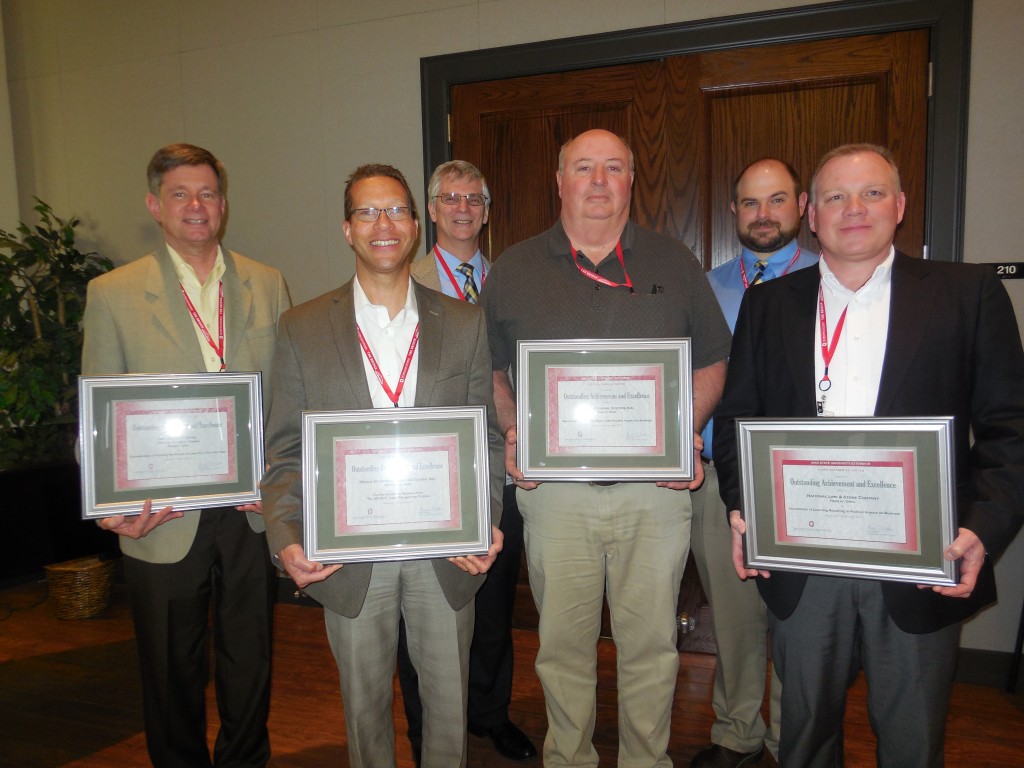
by Larry W. Sheppard, ISO 14001-2015 EMS & ISO 9001-2015 QMS Consultant
Companies currently certified to ISO 14001-2004 and ISO 9001-2008 must be re-certified to the revised standards by September 15th 2018 or risk the possibility of losing their certification. The new standards did not add any new requirements; however, some of the existing requirements in the 2015 versions have significant changes. Transition for ISO 14001-2004 and ISO 9001-2008 certified companies should be easy to implement since they have an EMS/QMS base that meets most of the requirements of the 2015 version.
This is where the Alber Enterprise Center of The Ohio State University can assist your company during the transition to the new standards. We would be glad to meet with your management staff and present the new requirements in detail.
Main changes in ISO 14001:2015 EMS
The new requirement is to understand the organization’s context has been incorporated to identify opportunities for the benefit of both the organization and the environment. Particular focus is on issues or changing circumstances related to the needs and expectations of interested parties (including regulatory requirements) and local, regional or global environmental conditions that can affect, or be affected by, the organization. Once identified as a priority, actions to mitigate adverse risk or exploit beneficial opportunities are integrated in the operational planning of the EMS.
To ensure the success of the system, a new clause has been added that assigns specific responsibilities for those in leadership roles to promote environmental management within the organization.
The expectation on organizations has been expanded to commit to proactive initiatives to protect the environment from harm and degradation, consistent with the context of the organization. The revised text does not define ‘protect the environment’ but it notes that it can include prevention of pollution, sustainable resource use, climate change mitigation and adaptation, protection of biodiversity and ecosystems, etc. i.e. environmental performance.
There is a shift in emphasis with regard to continual improvement, from improving the management system to improving environmental performance to be consistent with the organization’s policy commitments. In addition to the current requirement to manage environmental aspects associated with procured goods and service, organizations will need to extend its control and influence to the environmental impacts associated with product design and development to address each stage of the life cycle, i.e. acquisition of raw materials, design, production, transportation/delivery, use, end-of-life treatment and final disposal.
Main Changes in ISO 9001-2015 QMS
Major Differences in Terminology between ISO 9001- 2008 & ISO 9001-2015
| ISO 9001-2008 | ISO 9001-2015 |
| Products | Products and service |
| Exclusions | Not used
(See Clause A.5 for clarification of applicability) |
| Management Representative | Not used (Similar responsibilities and authorities are assigned but no requirement for a single management represented) |
| Documentation, quality manual, documented records | Documented information |
| Work environment | Environment for the operation of processes |
| Monitoring and measuring equipment | Monitoring and measuring resources |
| Purchased product | Externally provided product and services |
| Supplier | External provider |
Documented Information has replaced the ISO 9001-2008 version need for the quality manuals and some procedures to define the documented QMS. Documented Information includes instructions, records of process performances, external provider’s performance, internal audits and management reviews etc.
As part of the continual improvement process risk base thinking was added to the revised standard. The concept of risk has always been implicit in ISO 9001 as preventive action. The 2015 revision makes it more explicit and builds it into the total QMS.








